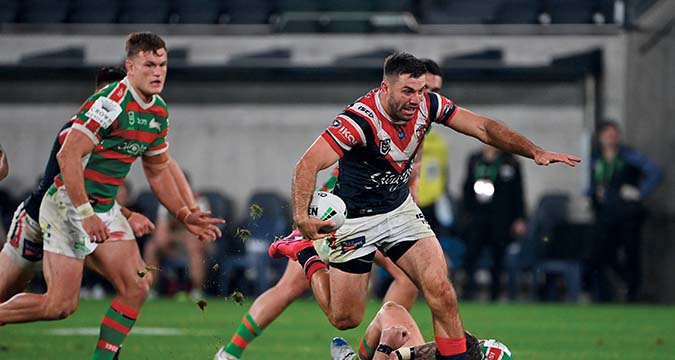 One referee, the new six-again rule, fake crowd noise.
There was a lot to get used to as the NRL ended its 67-day hiatus over the weekend, and by and large, fans loved it, including Raiders coach Ricky Stuart.
Often a vocal critic of the whistleblowers, the Canberra boss gave two thumbs up to the new six-again rule, where referees simply restar
One referee, the new six-again rule, fake crowd noise.
There was a lot to get used to as the NRL ended its 67-day hiatus over the weekend, and by and large, fans loved it, including Raiders coach Ricky Stuart.
Often a vocal critic of the whistleblowers, the Canberra boss gave two thumbs up to the new six-again rule, where referees simply restar NRL relaunch welcomed in Australia
 One referee, the new six-again rule, fake crowd noise.
There was a lot to get used to as the NRL ended its 67-day hiatus over the weekend, and by and large, fans loved it, including Raiders coach Ricky Stuart.
Often a vocal critic of the whistleblowers, the Canberra boss gave two thumbs up to the new six-again rule, where referees simply restar
One referee, the new six-again rule, fake crowd noise.
There was a lot to get used to as the NRL ended its 67-day hiatus over the weekend, and by and large, fans loved it, including Raiders coach Ricky Stuart.
Often a vocal critic of the whistleblowers, the Canberra boss gave two thumbs up to the new six-again rule, where referees simply restar 